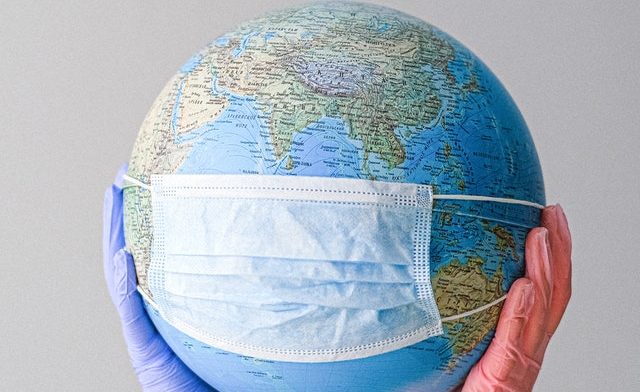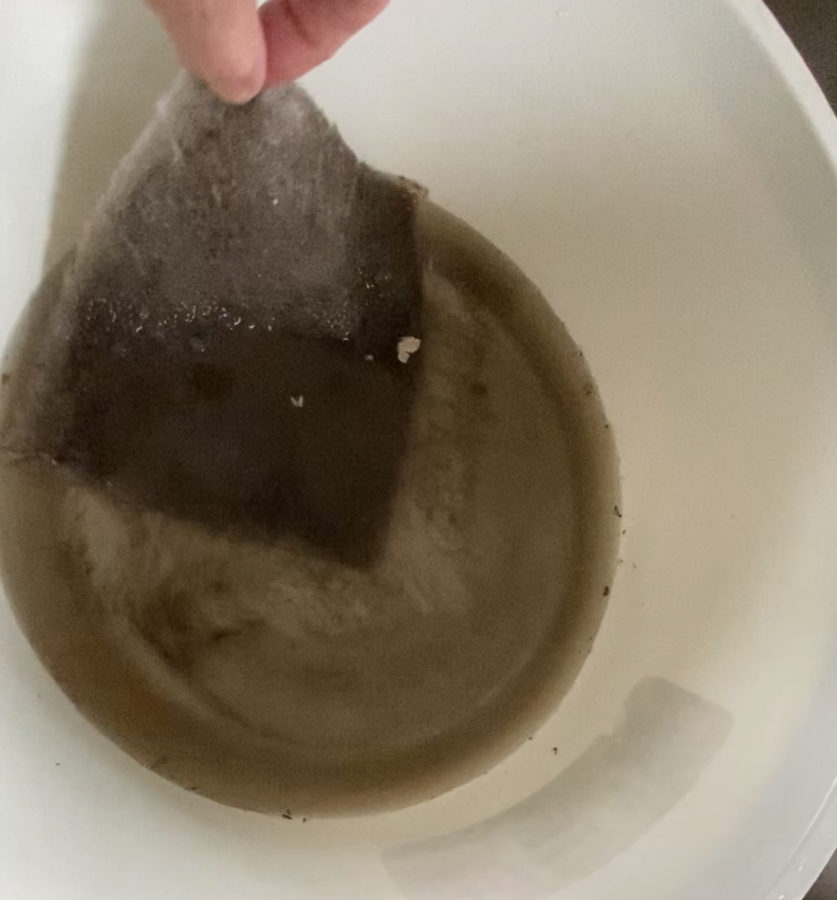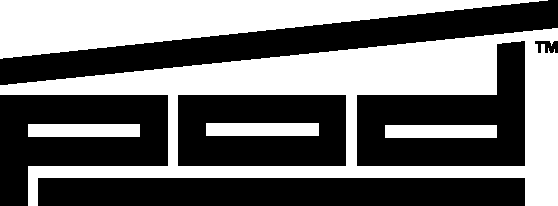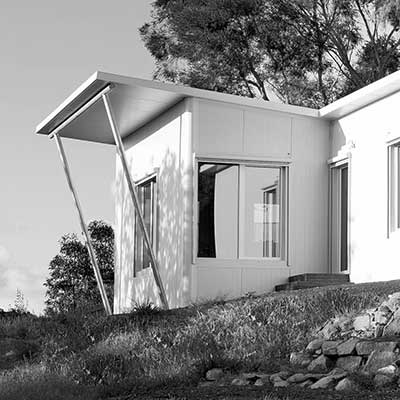 courtesy: pexels.com
courtesy: pexels.com We live in an age of extreme uncertainty – with Covid 19 our latest threat.
Climate Damage
Worldwide we face the extremes of climate damage caused by our indiscriminate use and waste of energy. We needed to address this urgently. We need to address this urgently.
Over Christmas, Australians experienced, and the rest of the world saw, the effects of these extremes.
PBS News posted a news story called: Could Australia’s bushfire disaster alter the world’s conversation on climate change?
We were and are in shock. The loss of precious wildlife alone captured people’s imaginations, let alone the damage done to people, businesses, and buildings.
Maybe we weren’t in shock about climate damage per se, but it did start to help us see the urgency of our international problem regarding our very survival.
And now, Covid 19
Covid 19 has overtaken our shock about the bushfires. We did not have a chance to recover. Now, we are reeling.
Covid 19 is affecting so many of us personally and professionally. We face illness, lack of health services and resources, and even death. My parents are now in Aged Care Facilities, and I cannot visit them. People have lost jobs, and the uncertainty and grief is unfathomable.
That discomfort you are feeling is grief, says David Kessler to the Harvard Business Review. He says:
“This is a temporary state. It helps to say it. I worked for 10 years in the hospital system. I’ve been trained for situations like this. I’ve also studied the Spanish Flu. The precautions we’re taking are the right ones. History tells us that. This is survivable. We will survive. This is a time to overprotect but not overreact.
And, I believe we will find meaning in it.”
He is talking about the Corona virus – Covid 19. Our latest international catastrophe. More visible and apparently immediate than Climate Damage in its effects. But not likely to destroy the earth in the way that climate damage is already doing. As Kessler says, this is temporary.
But Climate Damage is not temporary. It’s permanent, and getting worse.
Kessler goes on: “I do believe we find light in those times. Even now people are realizing they can connect through technology. They are not as remote as they thought. They are realizing they can use their phones for long conversations. They’re appreciating walks. I believe we will continue to find meaning now and when this is over.”
A role for Passive House?
I am continually amazed at the role that Passive House building design can play in solving our problems.
When we discuss climate change, we know that over 30% of the world’s carbon emissions are caused by our poorly designed buildings. These poor designs produce excessive energy demand, and waste energy. They increase our carbon emissions beyond what should be necessary.
Passive House buildings are part of our solution for a healthy environment in the future.
And when we look at climate extremes, and bushfire threats, there is also a role for passive house buildings. Passive house buildings protect the occupants from extremes in temperature, and because they are well sealed, they can be more resistant to bushfire attack. See our previous articles on this here: Can the Passive House Standard help Bushfire Resiliency? and Climate Damage and Bushfire Rebuilding
Covid 19 and Passive House
Most recently, in the face of the Covid 19 Pandemic, I can’t help but think about passive house. Passive house buildings control air infiltration. This way, indoor environments are cleaner. They do this by having an airtight, sealed envelope, and by having a properly designed ventilation system (as well as opening windows in domestic applications).
With the ventilation system, stale air is constantly leaving the building.
Surely that is better in a contaminated environment – like a hospital, or another building where people are sick – than a system which just recirculates stale air?
Worth thinking about in all our building designs!
And there’s more, only filtered air comes in from outside. Here’s a snapshot of our certified passive house built in a lovely country town – surrounded by fresh, unpolluted country air. No?
No. This town is next to a coal mine. The earth is full of coal dust. Have a look at the colour of what comes out of the filter.

Video: Dirty air is kept out of the passive house
Cleaner air, cleaner planet
In short, a passive house cleans the inside air continuously, and at the same time, cleans the “fresh” outside air on the way in.
So you might find that passive house buildings protect you. Cleaner air inside a passive house avoids and filters out both internal and external contaminants.
While saving energy.
And saving the planet.
I have faith that we can get through this and get back to a “new normal”. Life will not be the same for many of us. But people are clever and resilient. We can create new ways of engaging, working and being.
Our future still depends on our environment. Surely, protection of ourselves, and protection of our planet, are challenges that we can meet.





